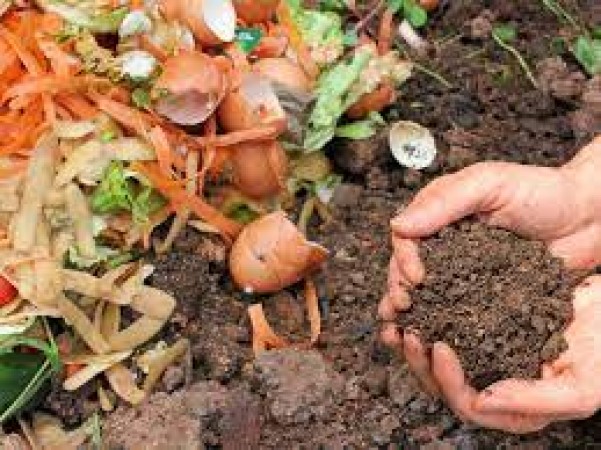
In today's eco-conscious era, the trend of crafting homemade natural fertilizer from kitchen waste is gaining momentum. This sustainable approach not only reduces kitchen waste but also provides a nutrient-rich elixir for your plants, promoting a healthier environment. Let's embark on a journey to understand the science, process, and benefits of creating your fertilizer from everyday kitchen scraps.
In our bustling kitchens, an abundance of organic waste is generated daily. From vegetable peels to coffee grounds, these seemingly discarded items hold the key to a bountiful garden. Repurposing kitchen waste into fertilizer is a simple yet powerful way to contribute to sustainable living.
At the core of this transformation lies the science of composting. Kitchen waste, when properly managed, undergoes decomposition—a natural process where microorganisms break down organic matter. This breakdown results in the formation of nutrient-rich compost, a valuable resource for enhancing soil fertility.
To embark on this green endeavor, assemble the necessary tools: a compost bin, kitchen waste, and a dash of patience. The bin serves as the vessel for the composting process, while the waste provides the raw materials. Patience, a virtue in composting, ensures that the decomposition process reaches its full potential.
Achieving the right balance in your compost pile is crucial. Alternate layers of green (nitrogen-rich) and brown (carbon-rich) materials to create a harmonious environment for microorganisms. This layering technique optimizes the composting process, resulting in a well-balanced fertilizer.
Composting is not an overnight affair. It requires time for the magic to happen. Understanding the composting timeline—from initial setup to the finished product—ensures that you harvest a nutrient-rich blend ready to feed your plants.
Banana peels, often discarded without a second thought, are rich in potassium—an essential nutrient for plant growth. By including banana peels in your compost, you infuse your fertilizer with this vital element, promoting robust flowering and fruiting in your plants.
Coffee grounds, a byproduct of your morning ritual, serve as an excellent addition to your compost. Packed with nitrogen, coffee grounds not only stimulate plant growth but also act as a natural deterrent to pests, creating a win-win situation for your garden.
Don't toss those eggshells into the trash! Crushed eggshells are a fantastic source of calcium, a mineral crucial for strong cell walls in plants. Integrating eggshells into your compost adds a calcium boost, preventing disorders like blossom end rot in tomatoes.
Vegetable scraps, often overlooked in the kitchen, are treasure troves of nutrients. Including these scraps in your compost mix provides a diverse array of vitamins and minerals, enriching the soil and fostering a nutrient balance that promotes plant health.
Composting, while beneficial, can sometimes lead to unpleasant odors. To address this, turn the compost regularly to aerate it, add more brown materials, and avoid overloading the bin with wet kitchen waste. These simple steps help manage odors effectively.
Pests can be a common concern in compost piles. To prevent infestations, avoid adding meat, dairy, or oily foods to your compost. Additionally, turning the compost regularly and maintaining the right balance of green and brown materials create an environment less favorable to pests.
Before applying your homemade fertilizer, conduct a simple test to ensure its readiness. The compost should have a crumbly texture, a rich earthy smell, and be free from any recognizable kitchen waste. These indicators confirm that your fertilizer is primed for application.
When applying your homemade fertilizer, do so in moderation. Too much can lead to nutrient imbalances. Spread the compost around the base of plants, mixing it lightly with the soil. Water the area well to encourage the nutrients to seep into the soil, providing a nourishing foundation for your plants.
Crafting your natural fertilizer at home not only benefits your plants but also contributes to a greener planet. By repurposing kitchen waste, you reduce the amount of organic matter in landfills, mitigating greenhouse gas emissions. This small yet impactful step aligns with the global movement toward sustainable living. In conclusion, the journey from kitchen waste to nutrient-rich fertilizer is a fulfilling endeavor with far-reaching benefits. By adopting this sustainable practice, you not only minimize your environmental impact but also nurture a thriving garden. Embrace the green revolution in your kitchen and witness the transformative power of homemade natural fertilizer.
Honda Targets 350cc Segment Again with the Launch of Honda CB350: Explore Its Features and Price
Cyclone Midhili Set to Make Landfall on Bangladesh Coast Today: Check Latest Updates
Clear Skies Forecast: Ideal Weather Conditions for World Cup Final at Narendra Modi Stadium